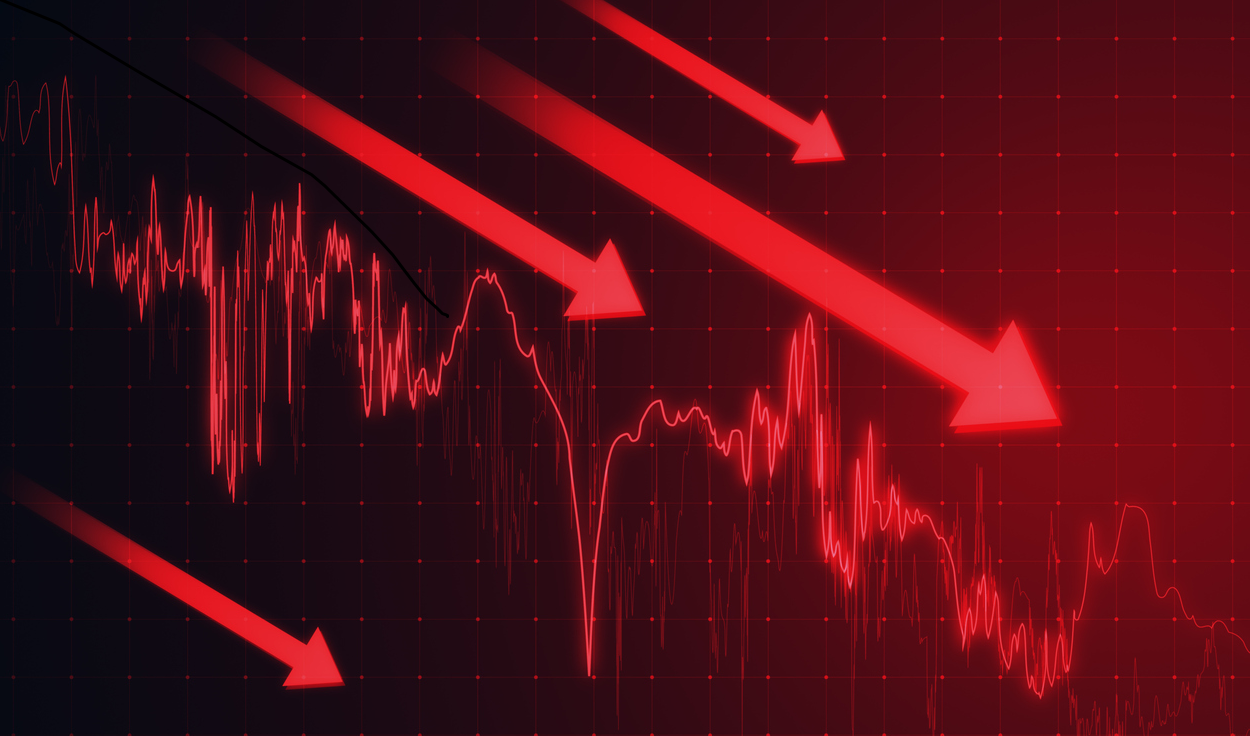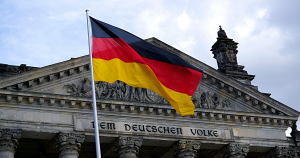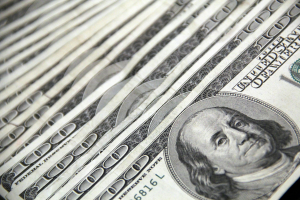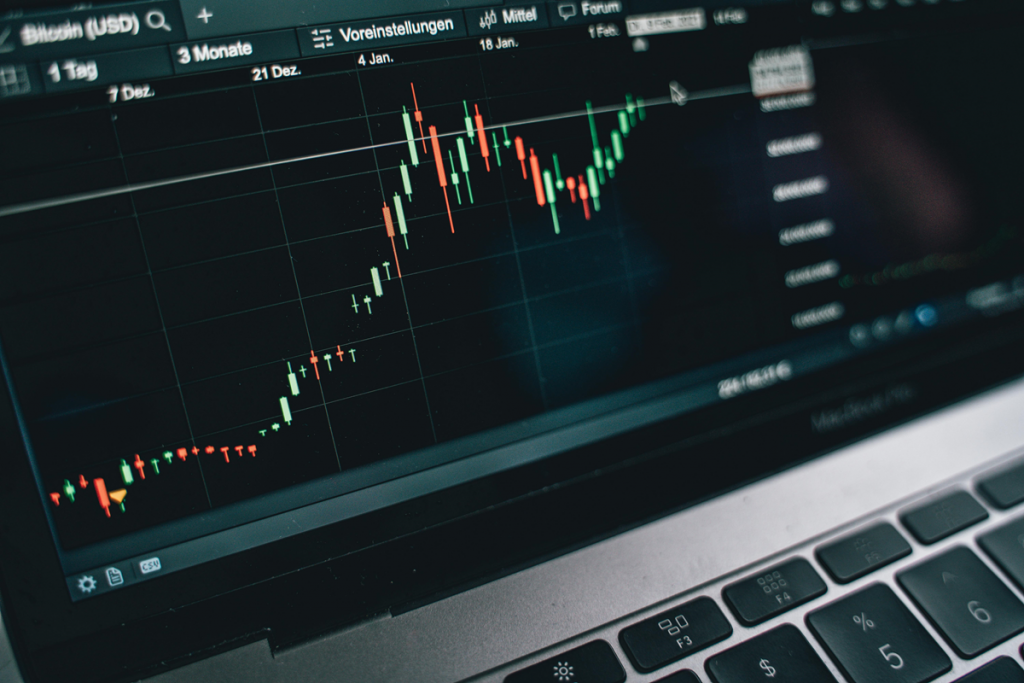October 19 1987 went down in history as Black Monday (or in some parts of the world, Black Tuesday, due to time zone differences). Why black, you think? The world’s financial markets lost $1.71 trillion, according to estimates of the day. It was the most severe global economic crisis of the 20th century, following the Great Depression of 1929 – 1941.
This article offers a brief overview of what happened that day, what triggered it and how the markets reacted. Let’s dive in!
What made that Monday ‘black’?
Global stock exchanges tanked in a matter of hours amid a domino effect, proving how interconnected the world’s financial markets actually are. The Dow Jones Industrial Average (DJIA) shed 22.6% in a single trading session, which marks the largest one-day stock market drop to this day.
Demonstrating the deep interconnectedness between the world’s financial markets, Black Monday served Wall Street a harsh lesson of how globalisation – a concept still new at the time – works. But how did it all start?
As they say, “There’s no smoke without fire”.
The fire
Before Black Monday, such a steep market decline was inconceivable because statistics put it at a remotely-happening 22 standard deviation event. Although theoretically impossible, it happened, and it hit hard.
The signs:
- Between Q1 and Q3 of 1987, the economy slowed down, and inflation was soaring amid market angst following the 1970s stagflation.
- The stock market was almost 10% down in the week leading up to Black Monday, adding to investors’ fear.
- Electronic trading was in its early days, and the technology was relatively primitive. The losses in the week leading up to Black Monday and the losses at the open triggered trading computer programmes with little to no human intervention.
All these combined with the ill-omened portfolio insurance strategy using puts and calls to hedge against losses put significant strain on portfolio managers who had to adjust hedges as the market swung between highs and lows. This strategy became more popular in the years prior to Black Monday, and by October 19 1987, tens of billions of dollars were managed that way.
If on a micro level, portfolio insurance worked, employing the same strategy at scale was not only doomed but disastrous. The spiking volatility in the build-up to Black Monday, the portfolio insurance strategy spurred a sell-off en masse as investment managers rushed to liquidate positions and increase their hedges. Losses generated by selling into a declining market prompted the portfolio insurance algorithms to sell even more. The results were catastrophic. The market tanked 23% before Wall Street could even say ‘loss’.
The smoke or the lessons learned the hard way
First and foremost, the Black Market event taught us that the only predictable thing about the financial markets is unpredictability. Occurrences like wars, terrorist attacks, or natural calamities can and do happen out of the blue. Every such event affects the financial markets to a differing degree. To mitigate risk, one should build a balanced portfolio across bonds, stocks, ETFs, cryptocurrencies and, of course, derivatives like contracts for difference, which allow traders the flexibility of deriving benefits regardless of market direction.
Next, stress-test your strategy and yourself by identifying the most volatile components in your portfolio and adjusting your allocation accordingly. Once you’ve done that, ask yourself, ‘ How much can I afford to lose?’
Finally, maintain an adequate margin and avoid excessive debt. Doing so will allow you to navigate turbulent times more confidently while limiting risk. Ready to apply this in your trading with TibiGlobe?







